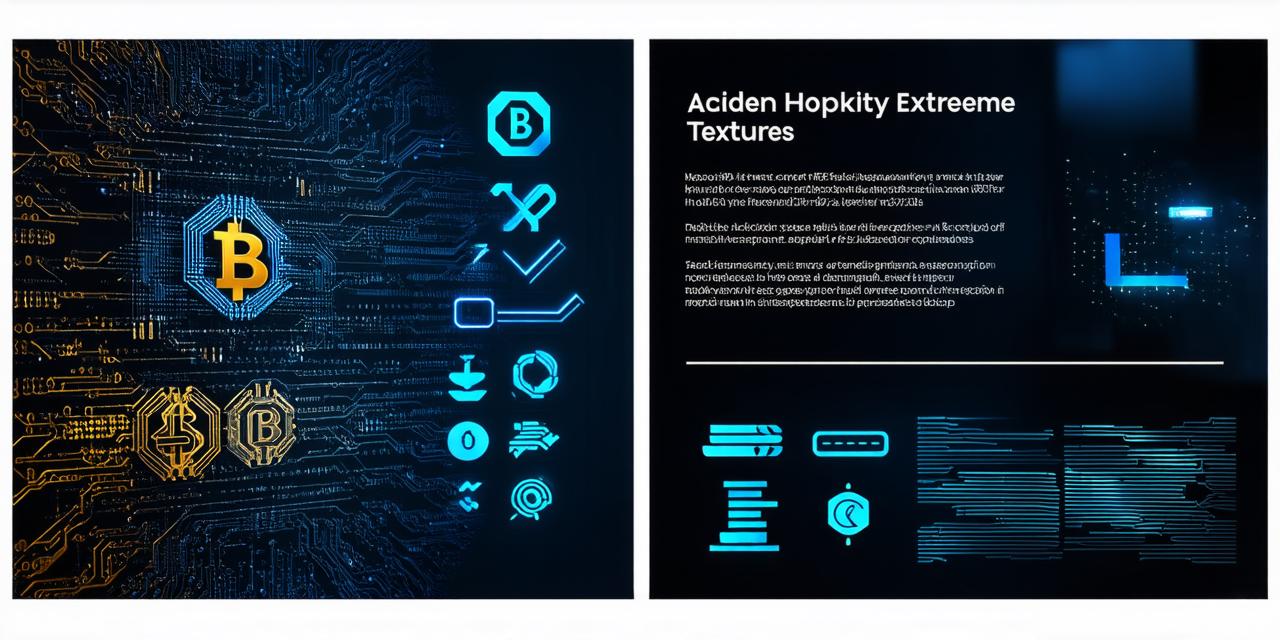What is a Whitepaper?
A whitepaper is a detailed document that outlines the technical specifications, design principles, and implementation details of a blockchain project. It typically includes a problem statement, solution proposal, technical architecture, security considerations, use cases, roadmap, team members, and funding requirements. Whitepapers are often written in a technical language and provide a comprehensive overview of the project’s goals, objectives, and potential benefits.
Purpose of Whitepapers
Whitepapers serve several purposes in the context of blockchain projects:

- Fundraising: Whitepapers are often used to raise funds for blockchain projects. They provide investors with a detailed understanding of the project’s design, development plan, and potential returns on investment. By presenting a clear and compelling case for why investors should support the project, whitepapers can help generate interest and secure funding.
- Communication: Whitepapers are a powerful tool for communicating the technical details of a blockchain project to a non-technical audience. They provide a clear and concise overview of the project’s design, development plan, and potential benefits, making it easier for stakeholders to understand the project’s goals and objectives.
- Development Planning: Whitepapers can be used as a guide for developers to design, develop, and implement blockchain projects. They provide a detailed overview of the project’s technical specifications, architecture, and implementation details, making it easier for developers to build the project in line with its intended design.
- Innovation: Whitepapers can be used to showcase innovative ideas and solutions in the blockchain space. By presenting a clear and compelling case for why a particular solution is better than existing alternatives, whitepapers can help generate interest and support for new and innovative approaches to blockchain technology.
Case Studies of Successful Whitepapers
There are many examples of successful whitepapers in the blockchain space. One such example is the Ethereum whitepaper, which was written by Vitalik Buterin in 2013. The whitepaper outlined the technical specifications for a new decentralized platform that could run smart contracts and dapps. The whitepaper generated significant interest and support, and eventually led to the creation of one of the most successful blockchain projects to date.
Another example is the Bitcoin whitepaper, which was written by Satoshi Nakamoto in 2008. The whitepaper outlined the technical details of a new digital currency that could be used for peer-to-peer transactions without the need for intermediaries. The whitepaper generated significant interest and support, and eventually led to the creation of the first cryptocurrency.
In addition to these examples, there are many other successful whitepapers from blockchain projects such as EOS, TRON, and Cardano, which have used whitepapers to outline their technical specifications and development plans. These whitepapers have helped to attract investors, developers, and stakeholders, leading to the creation of thriving blockchain ecosystems.
Summary
In conclusion, whitepapers are an essential part of the blockchain ecosystem. They provide a comprehensive guide for developers and investors alike to understand the technical details of a project’s design, development plan, and potential benefits. By showcasing innovative ideas and solutions in the blockchain space, whitepapers can help generate interest and support for new and innovative approaches to blockchain technology. Whether you are a developer working on a blockchain project or an investor looking to fund one, understanding the purpose of whitepapers is crucial to maximizing the success of your project.
FAQs
1. What is a whitepaper in the context of blockchain projects?
A whitepaper is a detailed document that outlines the technical specifications, design principles, and implementation details of a blockchain project. It typically includes a problem statement, solution proposal, technical architecture, security considerations, use cases, roadmap, team members, and funding requirements. Whitepapers are often written in a technical language and provide a comprehensive overview of the project’s goals, objectives, and potential benefits.
2. Can whitepapers be used to generate interest and support for new and innovative ideas in the blockchain space?
Yes, whitepapers can be used to showcase innovative ideas and solutions in the blockchain space, generating interest and support for new and innovative approaches to blockchain technology. Whitepapers provide a clear and concise overview of the project’s design, development plan, and potential benefits, which helps stakeholders understand the project’s goals and objectives.
3. What are some examples of successful whitepapers in the blockchain space?
There are many examples of successful whitepapers in the blockchain space, including Ethereum, Bitcoin, EOS, TRON, and Cardano. These whitepapers have helped to attract investors, developers, and stakeholders, leading to the creation of thriving blockchain ecosystems.
